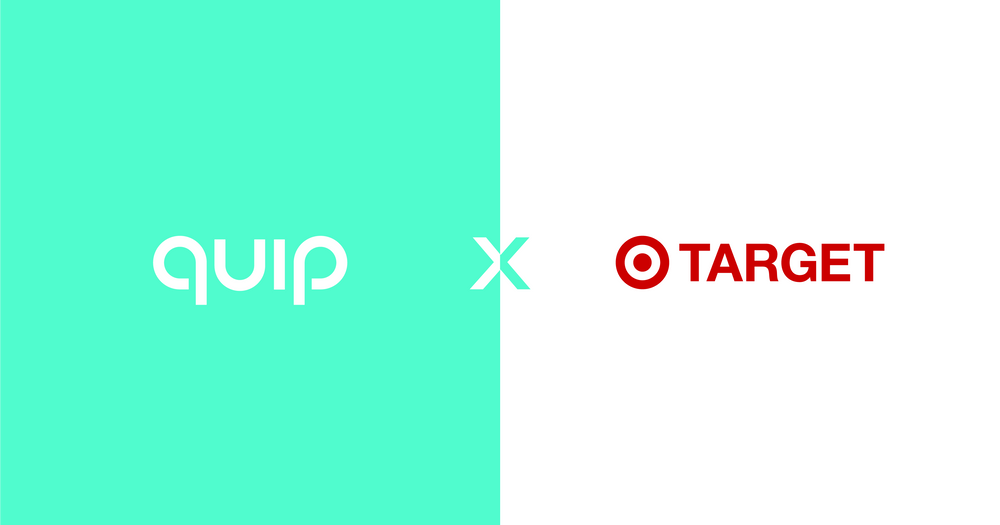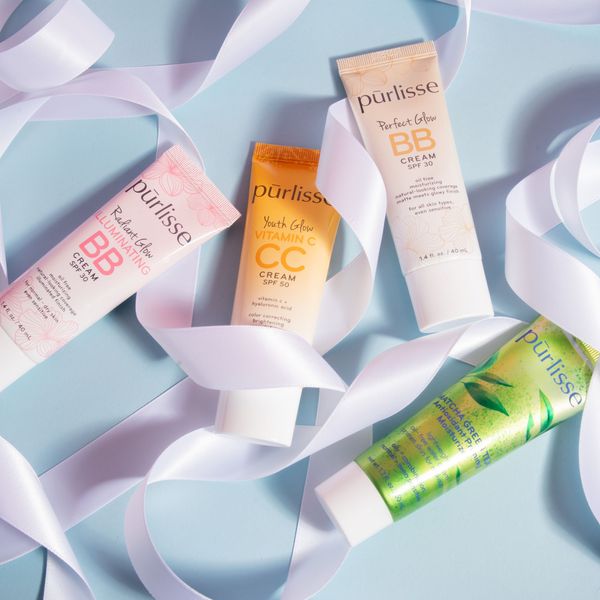How Quip Hit the Bull’s Eye by Partnering With Target
If you’re familiar with the Brooklyn-based electric toothbrush company Quip, it’s very possibly because of its partnership with Target. The retail giant has marketing partnerships with a number of direct-to-consumer companies that sell their products in-store, but Quip’s is a bit different. All Target stores as well as Target.com sell Quip’s starter kits, but consumers sign up for a subscription to receive refill brushes from Quip’s own website, drawing customers to the site while scaling the company.
Essentially, Target is acting as a marketing channel: sourcing subscriptions for Quip and giving the brand access to far more people than it would reach through specifically targeted ads on social channels. In addition, Target’s name lends credibility to a young brand in a noisy, saturated market.
Target also comes out ahead by partnering with Quip. Incumbent brands can be seen as outdated — a perception Target counteracts by partnering with a younger, lesser-known brand that provides a fresh type of product. It’s not just Quip: The big box store sells products from 12 different startups in an effort to keep up its youthful brand image. Quip pays Target for every subscription it sources, ensuring that Target still participates in the upside from its lead generation activities. Target’s willingness to try something new is laudable, and by all accounts, the partnership has been a great success for both parties.

If you’re a young brand seeking to trade on your brand image to broaden your reach, the following steps will help you form partnerships with established brands.
- Know Thyself
Before you go scouting for partners, you need to understand your own assets and gaps. Start by diagramming your relative strengths and weaknesses, effectively plotting them so you understand the characteristics you are looking for in a partner. Be thorough in your assessment, because you need to understand what you can offer a partner as well as what you hope to get from the arrangement. - Define Your Goals
While knowing your own weaknesses is an important step toward establishing your partnership marketing goals, it’s only the start. That’s because marketing goals can take many forms and because sometimes you don’t need a brand that fills in every gap. For example, you may care most about creating an extensive email list and be less concerned about other marketing channels. To achieve that specific goal, you might overlook shared weakness with your partner. Make sure to define the goals that best fits your company’s unique needs.
- Select Your Partner and Craft Your PitchHaving mapped out your goals, you can now create your ideal universe of partnerships. Rank them by how well they can help you meet your primary goal as well as the degree to which you can deliver value to them. Once you’ve made your choice, the final step is to pitch. You’ll be able to put to good use all of the work you’ve done selecting that partner as you craft your messaging, explaining how the partnership will benefit them and how your brands complement each other.
- Keep Your Options Open
Forming partnerships requires a significant amount of lead time before your efforts will bear fruit. Keep multiple potential partnerships in process so that if one falls through at the last minute, you don’t have to restart the process from the very beginning.
If you’re a Quip looking for your Target, keep your eyes open and be clear about what you have to offer as you look for a brand that can extend your reach. And if you’re a Target seeking your Quip, understand the value you bring to a younger company that can enliven your brand association. Partnership marketing is the proverbial rising tide that lifts all boats: It lets you fill in your gaps while boosting another brand’s efforts.
Ready to find your brand’s ideal partners? Start your free trial here.




